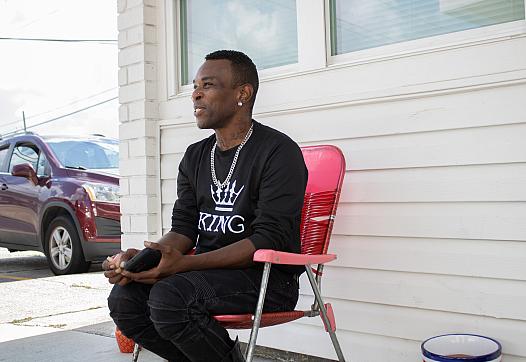
The very circumstances that made Henry Gaymon such a fitting subject for a story on mental health care also made it very difficult to report out his experience.

The very circumstances that made Henry Gaymon such a fitting subject for a story on mental health care also made it very difficult to report out his experience.

A reporter focusing on maternity deserts explains why her initial focus on solutions needed to give way to another approach — letting powerful stories stand for themselves.
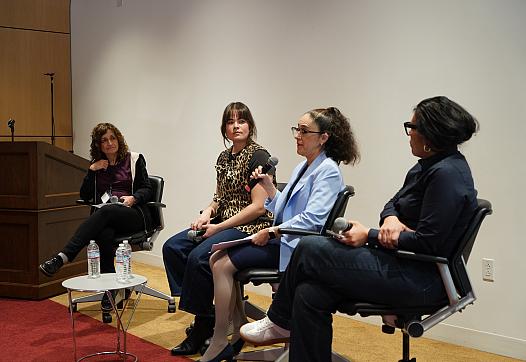
“Most of our patients have anxiety,” said Dr. Eva Perusquía, who sees patients in Califorina's Salinas Valley. “Really, it’s a consequence of the fear, frustration, exploitation, social isolation, loneliness and discrimination that they’re living.”
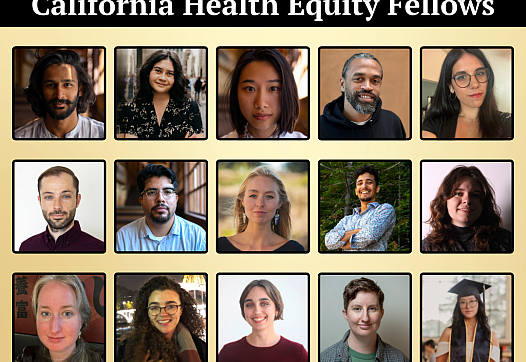
The USC Annenberg Center for Health Journalism is delighted to announce the selection of 15 talented journalists to participate in its annual California Health Equity Fellowship.

Emily Alpert Reyes of the Los Angeles Times and STAT's Usha McFarling share strategies for covering health research and disparities with context and balance.
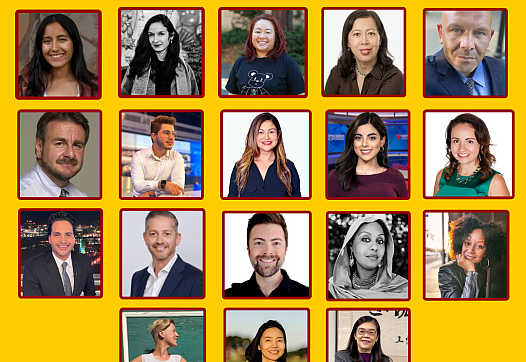
The USC Center for Health Journalism is launching the 2025 Ethnic Media Collaborative with a symposium hosted at USC, from January 29-31.

A reporter grapples with the challenge of getting accurate details and stories from sources in the face of unexpected reporting twists and turns.
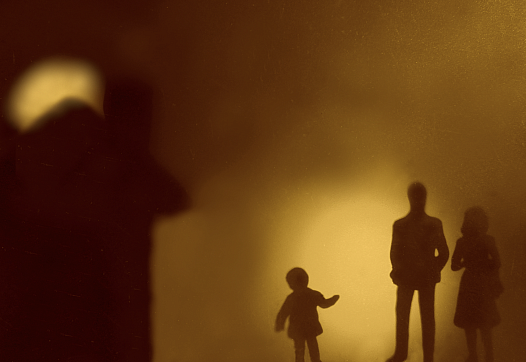
A reporter discovers troubling gaps in the data collected by LA's child welfare agency on child removals due to neglect.

A reporting team turns to makes use of silicone wristbands that can detect up to 75 types of pesticides to gauge farmworkers' exposure to toxic chemicals.
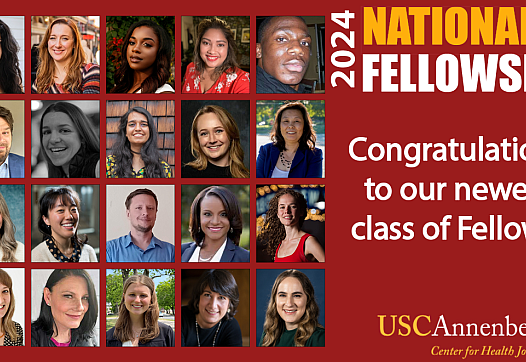
The Center for Health Journalism is thrilled to announce the 20 talented and diverse journalists selected to participate in the 2024 National Fellowship.